Changing tyres
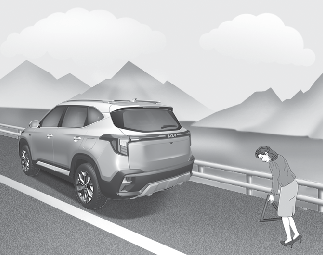
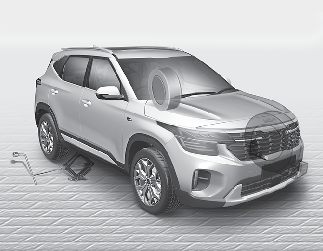

Changing a tyre
-
To prevent vehicle movement whilst changing a tyre, always set the parking brake fully, and always block the wheel diagonally opposite the wheel being changed.
-
We recommend that the wheels of the vehicle be chocked, and that no person remain in a vehicle that is being jacked.

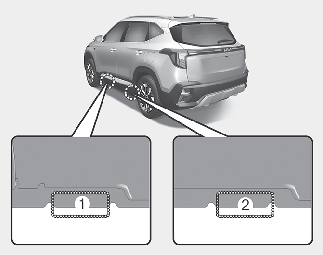
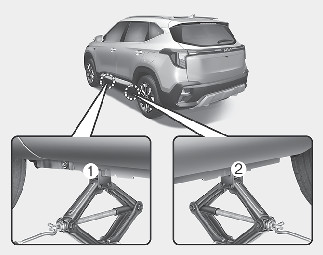

Jack location
To reduce the possibility of injury, be sure to use only the jack provided with the vehicle and in the correct jack position; never use any other part of the vehicle for jack support.
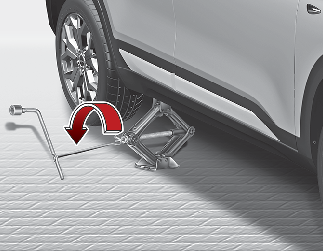
If this is difficult, tip the wheel slightly and get the top hole in the wheel lined up with the top stud. Then jiggle the wheel back and forth until the wheel can be slid over the other studs.

Wheels may have sharp edges. Handle them carefully to avoid possible severe injury. Before putting the wheel into place, be sure that there is nothing on the hub or wheel (such as mud, tar, gravel, etc.) that interferes with the wheel from fitting solidly against the hub.
If there is, remove it. If there is poor contact on the mounting surface between the wheel and hub, the wheel nuts could come loose and cause the loss of a wheel. Loss of a wheel may result in loss of control of the vehicle. This may cause serious injury or death.
Important – use of compact spare tyre (if equipped)
Your vehicle is equipped with a compact spare tyre. This compact spare tyre takes up less space than a regular-size tyre. This tyre is smaller than a conventional tyre and is designed for temporary use only.

-
You should drive carefully when the compact spare is in use. The compact spare should be replaced by the proper conventional tyre and rim at the first opportunity.
-
The operation of this vehicle is not recommended with more than one compact spare tyre in use at the same time.

The compact spare tyre is for emergency use only. Do not operate your vehicle on this compact spare at the speed over 80 km/h (50 mph). The original tyre should be repaired or replaced as soon as possible to avoid failure of the spare possibly leading to personal injury or death.
The compact spare should be inflated to 420 kPa (60 psi).

Check the inflation pressure after installing the spare tyre. Adjust it to the specified pressure, as necessary.
When using a compact spare tyre, observe the following precautions:
-
Under no circumstances should you exceed 80 km/h (50 mph); a higher speed could damage the tyre.
-
Ensure that you drive slowly enough to avoid all hazards. Any road hazard, such as a pothole or debris, could seriously damage the compact spare.
-
Any continuous road use of this tyre could result in tyre failure, loss of vehicle control, and possible personal injury.
-
Do not exceed the vehicle's maximum load rating or the load-carrying capacity shown on the sidewall of the compact spare tyre.
-
Avoid driving over obstacles. The compact spare tyre diameter is smaller than the diameter of a conventional tyre and reduces the ground clearance approximately 2.5 cm (1 inch), which could result in damage to the vehicle.
-
Do not take the vehicle through an automatic car wash whilst the compact spare tyre is installed.
-
Do not use tyre chains on the temporary compact tyre. Because of the smaller size, a tyre chain will not fit properly. This could damage the vehicle and result in loss of the chain.
-
Temporary compact tyre should not be installed on the front axle if the vehicle must be driven in snow or on ice.
-
Do not use the temporary compact tyre on any other vehicle because this tyre has been designed especially for your vehicle.
-
The temporary compact tyre tread life is shorter than a regular tyre. Inspect your temporary compact tyre regularly and replace worn compact spare tyres with the same size and design, mounted on the same wheel.
-
The temporary compact tyre should not be used on any other wheels, nor should standard tyres, snow tyres, wheel covers or trim rings be used with the temporary compact spare wheel. If such use is attempted, damage to these items or other car components may occur.
-
Do not use more than one temporary compact tyre at a time.
-
Do not tow a trailer whilst the temporary compact tyre is installed.